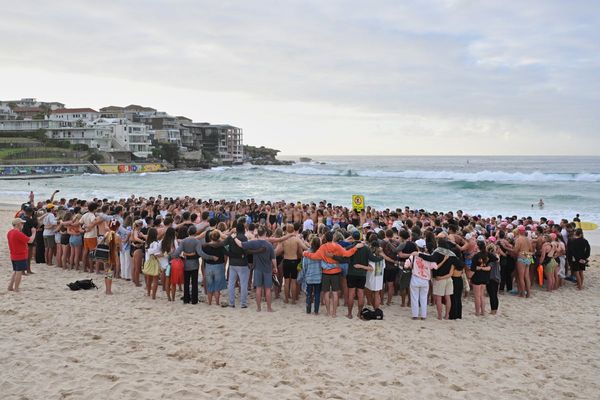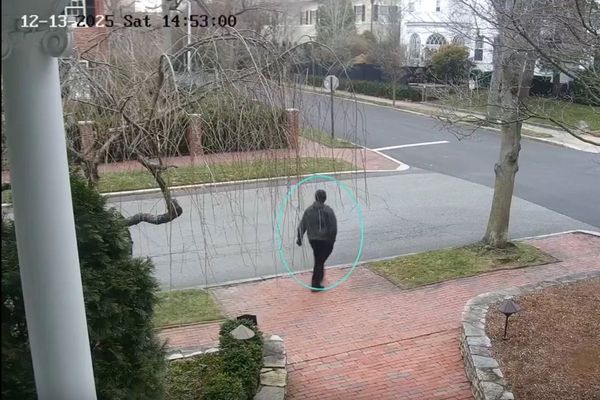
When Tina Stefanou got off a bus in the Western Australian wheatbelt, the driver told her: "Have fun in the one horse town."
But to Stefanou, an artist and vocalist from Melbourne, the landscape around Carnamah seemed so big it roared.
"Carnamah is a small town, but it's a massive geopolitical player in the formation of export economies," Stefanou told AAP.
"It is loud across multitudes; whether it be the loudness of how much land gets taken up by crops, or the loudness that takes up social space."
This noise became Stefanou's focus as she spent several months travelling between the city and Carnamah during a residency at local arts organisation North Midlands Project.

Some in the community of 400 joined Stefanou's creative workshops, culminating in a street procession, a ball and an enormous fleece "costume" for a tractor.
Stefanou made a film of the woolly sculpture being pulled across a dead canola crop as a group of locals sat with it, sang and read poetry.
Another film focuses on the procession and the ball, the first to be held in the local hall for years, inadvertently on the eve of the Indigenous voice referendum.
"I already knew it was a 'no'-predominant space because of the conversations I was having, including with Indigenous people," she said.
"But I thought if we filled the place with voice, perhaps there's a softening that can take place."
The films and the sculpture, which explore the intersection of culture, climate, and agriculture, will be part of the Rural Utopias exhibition at the Art Gallery of Western Australia from November 25.
The work of nine other artists who completed residencies in regional WA towns, facilitated by arts organisation SPACED, will also feature.
Curator Miranda Johnson said the notion of rural utopias was timely, as more Australians turn their minds to life outside the cities.
"It's less of a theme than a provocation for the artists to consider critically whether a rural utopia is really something that does exist," Ms Johnson said.
"A lot of the artists flipped that or thought that it doesn't exist and looked at what that means."

Many explored the effect of idealised utopias on First Nations communities.
Alana Hunt's works unpick Section 18 of the WA Aboriginal Heritage Act, which allows landowners to apply for permission to use land in a way that is likely to damage an Indigenous site.
A film featuring the voice of former Rio Tinto chief executive Sam Walsh - a critic of the legislation - reading 967 applications, will sit alongside works examining the seemingly-benign language of government bureaucracy.
Hunt wanted to expose ongoing acts of colonisation through development that extends from mining to housing, roads, footpaths and yacht clubs.
"The documents are so boring when you read them, they're mountains of opaque, bureaucratic words," Hunt said.
"But in practice, they damage land, sites and country and that translates into life.
"The profound violence is so invisible in our society and this is a small attempt to make it less invisible."







